By Jean-Michel Frodon, a well-known critic of French cinema
After watching the movie “Paper Dream” in the side section of the Cannes Film Festival
Jean-Michel Frodon – Paper Dream Movie Makeup
The makeup of the “Paper Dream” movie, one of the films of Iranian cinema participated in the side section of the festival, was one of the best and most thought-out makeups done among the works displayed in the Cannes Film Festival of the Year. In this makeup, not only it had not been attempted to spray the usual repetitive colors and glazes on the characters’ faces that we have to face in most productions, rather, the identities of the characters and their behaviors had been thoroughly considered in the makeups. We will first put our focus on the actor who plays Khaled.
Khalid has an important characteristic, which is having a white, reddish, and slightly aflame face, with quite white hair, eyelashes, and eyebrows. However, the notable thing, which has not escaped the keen eye of the film’s makeup designer, Faezeh Sadat Moosavi, is the hairstyle of the leading actor; the hair that is divided into two parts by a specific line from the side of the head, clearly pointing out to the two completely separated parts of his Zal personality.
Besides this, along with the clothing that springs to the mind a work robe or wear, indicates having a kind of duty and doing a forced labor, i.e., waste picking in out-of-town and pre-determined areas. In general, they have designated specific frameworks for this character in the story that some of his naive representation in the first moment (apart from the excellent scene-setting of the work) come from this attitude.
He, while seems to wander still in his childhood and is easily deceived and seduced by the two crucial girls in the story, due to the concurrency of two distinct lives, i.e., working in a cardboard workshop and being a presidential candidate, has a potentially obvious sympathy.
Thus, the filmmaker has not deliberately chosen a young man with a completely innocent or conventional face for this role. And, of course, with the help of makeup and the intelligent attention of the makeup artist, in the angles of showing his face in special situations, he mostly looks like a damaged young belonging to the deprived class of society, and surely not to a politician.
Rather, he can be something like a poor human being or a creature drowned in the dream of conquering the summit of the impossible, which at first glance for the audience, he has the potential to cross the stairs of the story time and stand on the chair of the leadership of a nation!
The general characteristic of his working class is the common make-up of the workers and the weak of society that, however, Faezeh Sadat Moosavi has utilized it as a basic make-up, and in scenes like the sequences in which Yasi steals a motorcycle and Khaled’s picking on him, some sort of an old accumulated resentment, puffiness and redness due to frustration have been added under his eyes and face that helps to complete his character rather than contributing to setting the atmosphere of that scene.
Although by taking into account the time when Khaled becomes aware of Yasi’s hypocrisy and deception, until the time he is looking for her, and thus, goes to Mahrokh but still does not find his sweetheart, this track of sadness appears a little impossible.
Especially since in this short time, Khaled logically had no chance for crying and sorrowing and has just found the time to express his anger at all that hypocrisy and deception of Yasi; but this face and the early expression of feelings somehow contrasts with what we see in his cold and white personality.
Yasi is exactly the perfect and externalized example of the mental image of all of us of ambitious and ruthless girls that no geographical attributes can be imagined for them. Whether they are Eastern or Western, Muslim, Christian or Zoroastrian and Jewish, such people all over the world look alike and similar in the color of character because of their beliefs.
The dark and matte skin color and eyebrows with upward ends, giving seriousness to her face along with a kind of artificial courage, and the circular line under Mina Vahid’s eyes also potentially enhances this make-up, and besides that, by not emphasizing the eyebrows and their arches, and in general, maintaining the complexity and wickedness of the eyes, add the not-so-positive and acceptable image to her face in terms of personality and character, which aggravate the falsity of Yasi’s seriousness and courage.
Instead, Mahrokh, her best friend and close friend, is completely the opposite of her; with patient eyebrows and a face that always seems to be at a distance from the audience. A kind of patience, coldness, and stillness that is basically the characteristic of that actress’ face, is enhanced in the make-up of this work (at those moments that we feel the white and plaster layer of foundation on her face) and has created a barrier between her and the audience. This barrier will not disappear even after knowing her ideas in association with Yasi to take advantage of Khaled and earn a false income.
Despite the background that we occasionally hear about Yasi’s life in the film and in spite of using vivid colors, both in her face and in her clothes, and even with her hairdressing, Faezeh Sadat Moosavi, the creative grimoire of the film, and Ali Atshani, its smart director, seem to have no intention to highlight any of the features of her former life on her face, and she manages to portray them mostly by her performance, which of course is a very appropriate and clever idea. That is, the characteristics that build today’s parameters of Yasi’s character.
Since we will find out about her mental reality after a short time, which is far from our previous imaginations and hearsay, and if, the makeup of Yasi’s face also would change completely along with this change of personality, it would take a long time for the viewers to get used to this new face and even if the makeup of her face was maintained as thick as we expected to see, it would turn into a serious obstacle to the identification and the very tangibility of her character. For, the audience was supposed to know Yasi from the beginning with the same evil but failed nature.
I, as an-always audience of Iranian films, often encounter this issue in their works. Unfortunately, for a long time, in many of their films, especially those with a social drama claimed genre, too much women’s makeup is used as an element to entice and attract the audience! A make-up that is more or less seen in the form and image of the make-up of prostitutes, and such an image subconsciously evokes a bitter or painful image in the mind. And I have no idea why some filmmakers or makeup artists think that the viewer should enjoy seeing these images.
Fortunately, we do not encounter this issue in the movie “Paper Dream” directed by Ali Atshani, thanks to the effort made by the rational and thoughtful attitude of the creator of the work’s makeup.
But let’s go back to the Yasi’s character, with brownish and not so short hair curled towards the top of her forehead and the color of the lipstick that is not bold and so colorful from the very beginning of the film and under the pretext of her personality analysis, and thus, does not burst the bubble of the audience. Using this initiative, the makeup artist emphasizes the colors added, or putting it better, attached to her face, and has even somehow wanted to separate them from the reality of her face according to her life.
With an obvious difference with Mahrokh’s character, whose clothes are not so different from the old shalitas (short skirts) and the light-darks on her face, along with that straight hairstyle, make a set that seems not to know how to communicate with the audience. Whilst, the make-up of Ostadi’s character, the employer of Khaled, mostly indicates turmoil and does not reveal anything vague about him.
The only portion that seems a bit exaggerated about the makeup of Kamran Tafti, the Iranian actor in the movie Paper Dream, is the too much burns and blackness on his face. Of course, burns in the sense of being murky and dark. I think the filmmaker and the Grimoire, as the designers of such a work, have intended by using all this burn with a lot of curly hair on his head to illustrate the transformation of a part of his external image into an inhuman and extortionate part for the audience.
It is as if, because of the events he has gone through, which are certainly not dissimilar to Khaled’s childhood events, he has had the ground to become an abuser and extortionist and lose his human shell.
But in many cases, the film simply leaves the issue just by a transient hint, and what is being portrayed involves sudden transformations in the character of Ostadi. A character whose ugliness and filthiness are not disgusting even by his exaggerated limping and just gives him an unnatural gesture that ultimately seems to be influential.
In the end, one can say the filmmaker and his cameraman have had the chance to reveal the potential in the makeup design of the actors of Paper Dream film to a large extent in many of the scenes by changing the light as well as the time allotted to them and somewhat enhance its impact. However, despite all this, we have witnessed the technical knowledge, expertise, and localization of the makeup science by Faezeh Sadat Moosavi in this film.
Source: Cannes Film Festival Magazine – No. 85
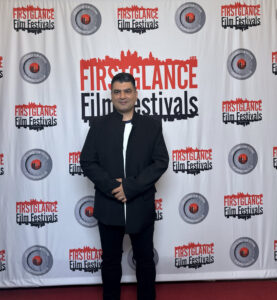
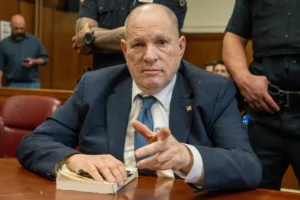
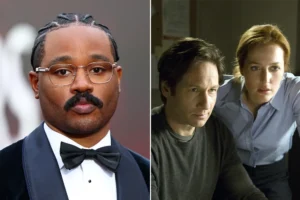

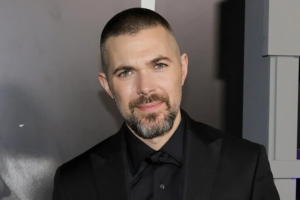


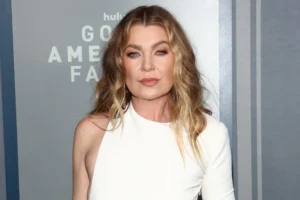
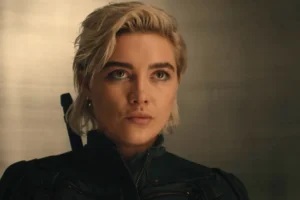

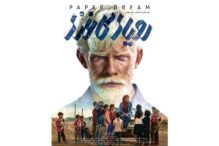

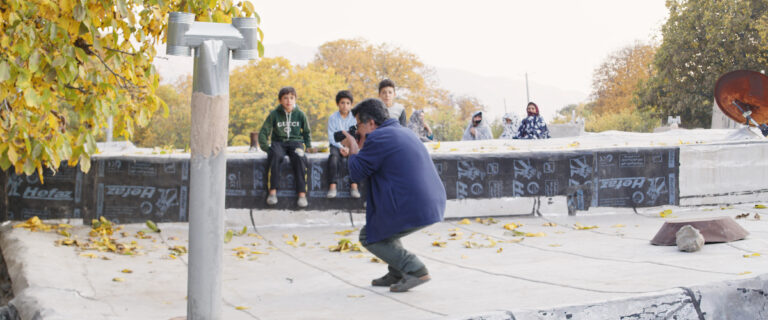
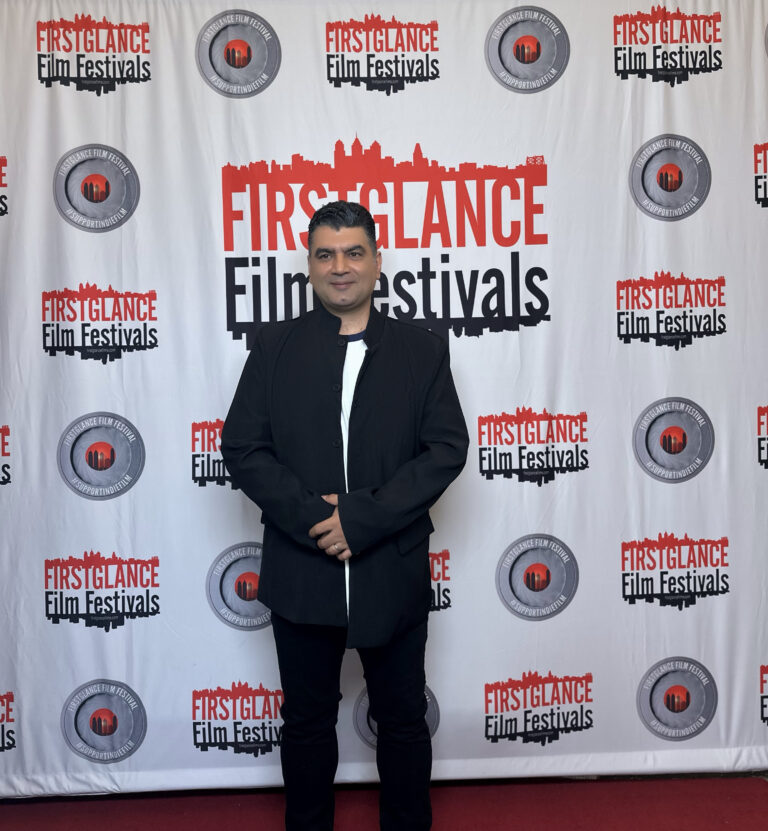


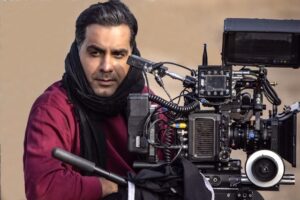

+ There are no comments
Add yours